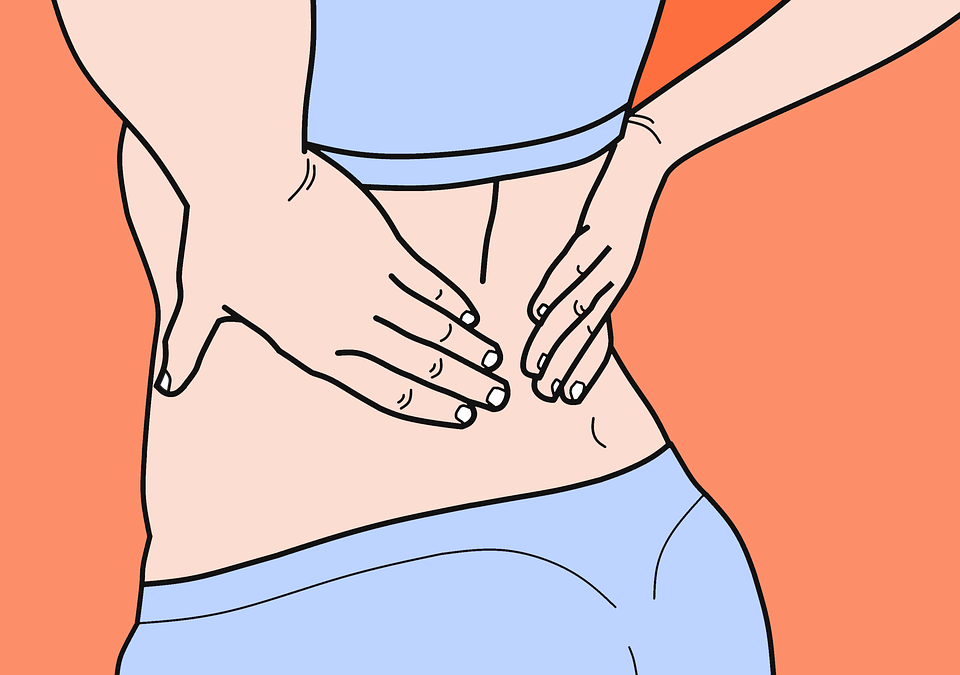
Muscle pain is an unavoidable part of exercise. After you’ve strained and pushed your tissues to the limit, cells begin to break down, which can result in soreness and cramping.
This usually happens when you’ve increased the intensity of your workouts by adding more reps or weight, causing tearing and damage. However, there’s no need to be alarmed because it’s part of the muscle-building phase, as these gaps will be repaired and your muscles will grow bigger in the process.
This window of pain between your exercise and recovery is called acute soreness, which can last up to 72 hours. However, you don’t have to swallow the pain and deal with it silently. There are many remedies that you can try, which can help you both alleviate the inflammation and soreness while aiding muscle recovery.
Muscle Recovery Tips
Muscle recovery is more than just rest and doing nothing. It also includes taking in proper nutrition and conducting certain routines to help your body heal and grow. It is a period of rest for your tissues and cells, so they can repair themselves; becoming bigger and stronger.
Without this phase, your muscles can experience atrophy and injury due to their inability to cope with the immense stress. Fortunately, you can continually improve this stage with these tips:
Acute muscle pain has a delayed onset of about 72 hours after exercise. This is rooted in the microscopic tears along your muscle fibres. Once detected, the body then responds by repairing the damaged area by sending in the blood that contains macronutrients and cells that aid the healing process.
However, this response can take a long time before getting activated, hence the delayed onset of stinging pain. After an intense workout, you should keep in mind this time frame and let the affected muscle group rest first.
This pain will subside in time in terms of its intensity, but if you’re constantly increasing the weights and reps of your workout for more progress, then it’s not going away. Muscle soreness is a good sign of improvement.
However, severe, chronic, and debilitating tissue pain should be reported to experts like sports injury therapy clinics in North York or whoever is nearest right away.
Taking in the right nutrients and proteins to aid your body’s muscle recovery is a crucial step in progressive exercise. Whether you’re trying to lose fat or gain weight, improving muscle mass is still the common goal.
You must prioritize feeding your body the right fuel source for better performance. What are these essential nutrients? Well, you can drink turmeric tea, which is an excellent antioxidant that can aid in reducing muscle inflammation and speed up the recovery rate.
You can also take fish oil and drink milk. However, if you have some dietary aversions and allergens you should consult with an expert in nutrition from Oshawa or a doctor near you.
You can also utilize cannabinoids for pain relief. However, double check first if it’s legal in your country because for example, cannabis in Kingston, Ontario is okay, but it may not be in yours.
- Heat Therapy and Salt Baths
Heat application in sore muscles helps improve the blood flow and lessens the inflammation in the affected area. Moist heat in the form of warm damp towels, heating packs, or a hot bath, is perfect after an intense workout. Epsom salt baths can also aid in catalyzing the pain-reducing effects of a hot bath.
Foam rollers are an excellent form of self-massage tool that you can bring and use anywhere and anytime. After an intense exercise routine, some back pain is a common experience. However, it can be difficult for you to massage that area without additional help.
Fortunately, foam rollers are there to make the process easier. Or, if you want to treat yourself, try having a massage appointment that can target all your muscle groups and make the recovery process more relaxing and pain-free.
The intensity of muscle recovery depends on your body’s blood flow. As it aims to repair the damaged tissues, it sends in a rush of inflammatory cells and blood to the area.
However, this also equates to more pain and swelling. To minimize, or control the inflammation, try using pressure garments that can reduce the delayed onset of pain for muscle recovery.
As you aim to improve your body, you need to welcome aches and pain, before you can recover and become stronger. Experiencing it for the first time may seem demotivating but once you get past it and by doing these recovery tips, you’ll find yourself missing and looking for the pain when it doesn’t come.
 icons at the top right corner of the subsection.
icons at the top right corner of the subsection.